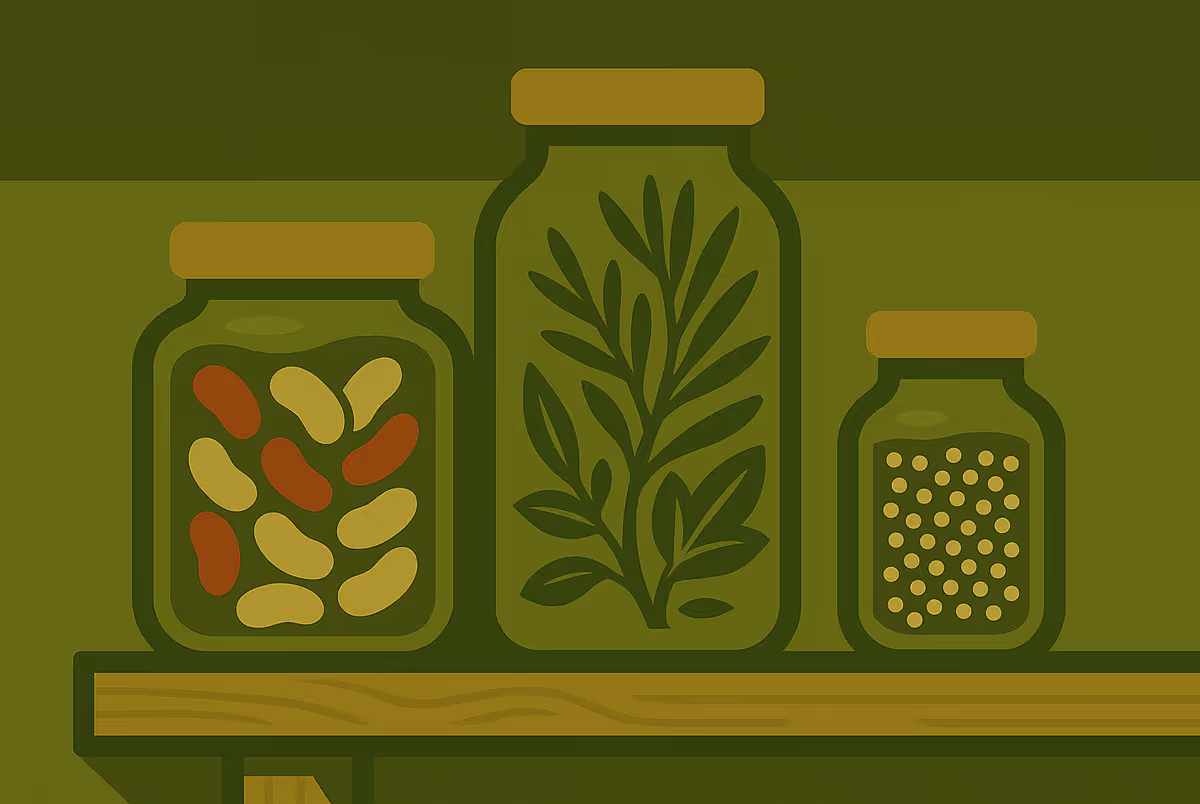What is Biodiversity in the Cupboard?
Biodiversity in the Cupboard is an engaging and thought-provoking method designed to help people reflect on how personal food choices affect biodiversity. The process facilitates a discussion around a food and its ingredients – their origin, their production and distribution, and the impact of these factors on biodiversity both locally and globally. The method helps participants reflect on how everyday food choices connect to biodiversity, generating insights that can inform local strategies on food procurement, climate action, and community wellbeing.
Key Features
Participants:
- 4 - 10 people; if there are more people, divide them into sub-groups of 6 - 10.
- Adaptable to a wide variety of groups and interests, suitable for age 11 upwards.
Timeframe:
- Facilitators require a minimum of 2 hours of preparation time
- Participants ideally need to be given a week’s notice (or longer), and spend 10 minutes taking photos of food in their cupboards
- Session time minimum 45 minutes
Budget:
- This is a low-budget option; you will need to budget for time and the materials (listed below). Additional costs to consider include refreshments, transport support, and securing an accessible venue.
Materials Needed:
- Participants:
- Access to camera and method to share photos with the facilitator (e.g. camera phone and WhatsApp messaging platform)
- Facilitators:
- Large world map (A1 or A0 size) – One per group of 6-10 participants.
- Map pins with paper flags (large enough to write an ingredient name).
- List of food items and their ingredients (transcribed from participant photos).
- Research on main global producers of each ingredient (from sources such as FAO, USDA, or Statista).
- Refreshments for the group
Skills Required:
To ensure the method runs smoothly, ensure the following skills are covered by people within the group:
- Manage group dynamics and create an inclusive, respectful environment
- Organise the photos, session and materials
- Research background information and factsheets relevant to the discussion topics
- Promote the workshop and recruit storytellers effectively
Suitability and Applicability
In the PLANET4B UK case study, Biodiversity in the Cupboard was used within a workshop. The group that participated were members of a Learning Community comprised of members of DADIMA’s CIC, an intergenerational collective based near Oxfordshire, UK, that supports inclusive access to nature and cultural connection. The Learning Community had a focus on opening up nature and the outdoors to Black, Asian and ethnic minority communities.
In this module Barbara Smith explains how Biodiversity in the Cupboard was used within PLANET4B. In this video she describes how the method was applied within the PLANET4B Learning Community:
The method could also be used for:
- To inform food strategies by incorporating community perspectives on biodiversity into planning processes
- To shape biodiversity-positive public procurement policies, such as those for schools, hospitals, or care settings
- To recognise and learn about the cultural and social dimensions of food and biodiversity within a community
- To provide a participatory consultation tool that evidences meaningful community involvement in decision making



















.svg)

